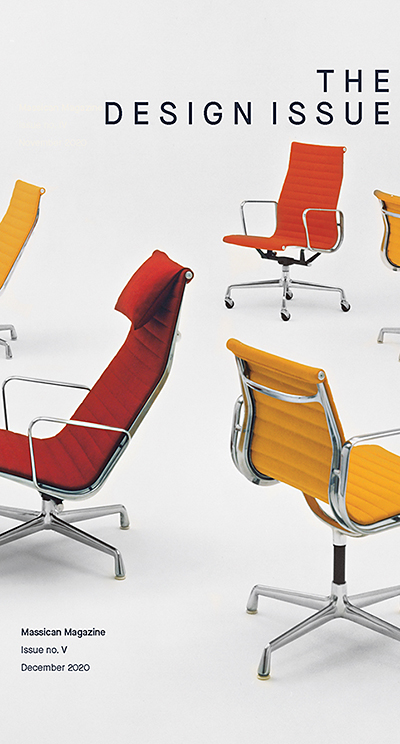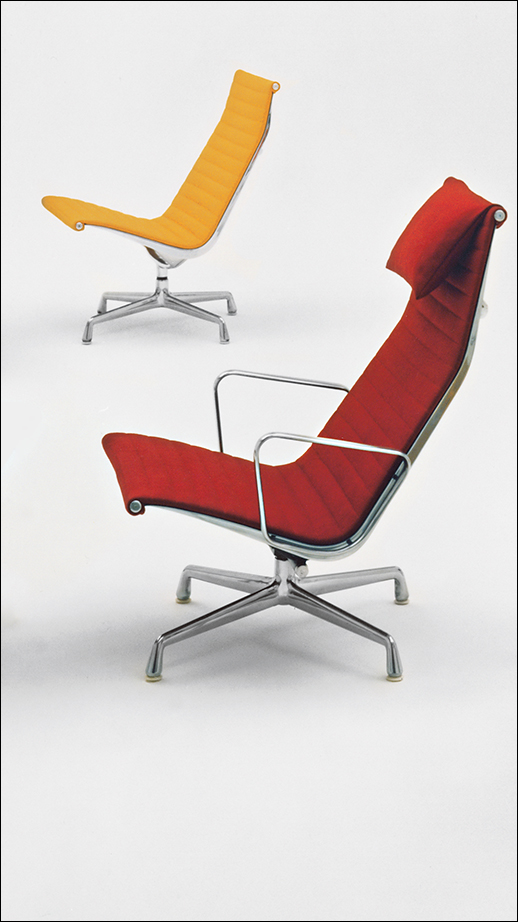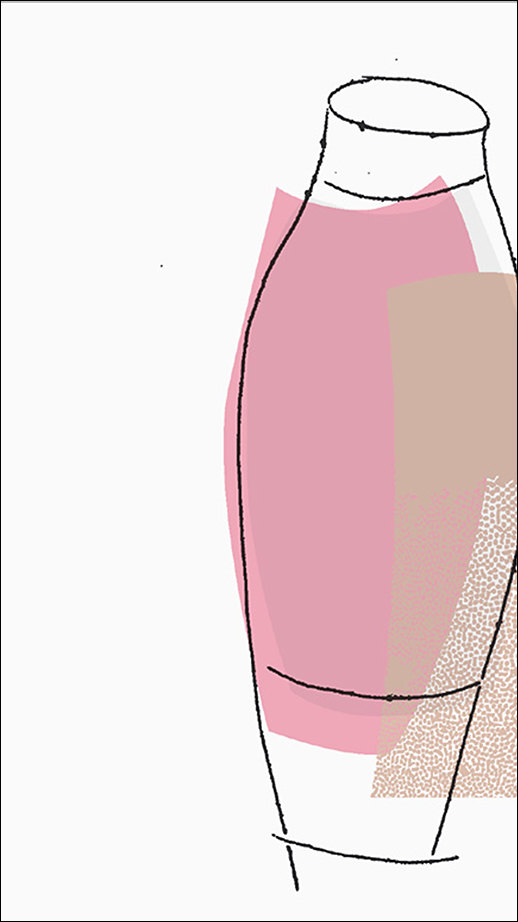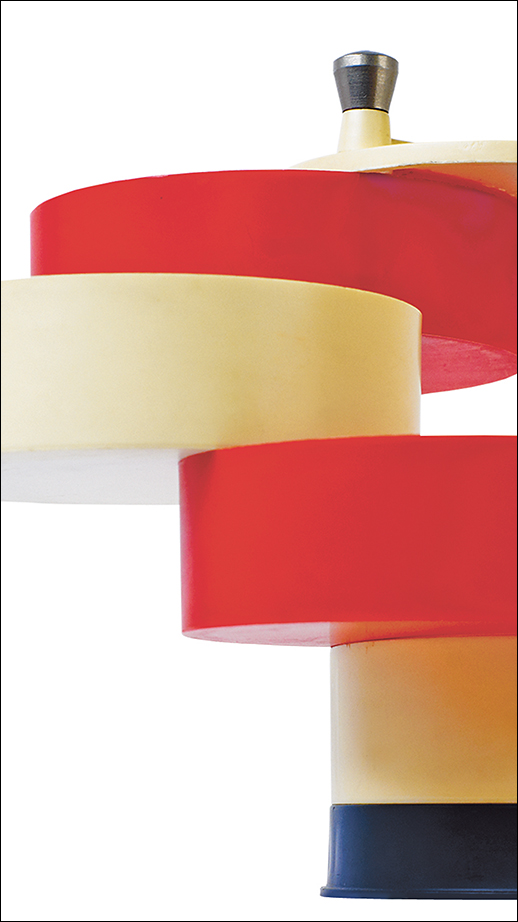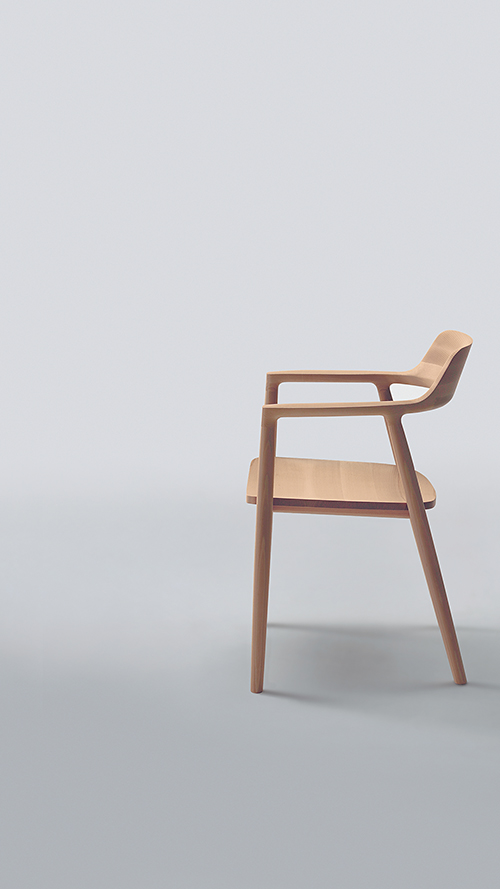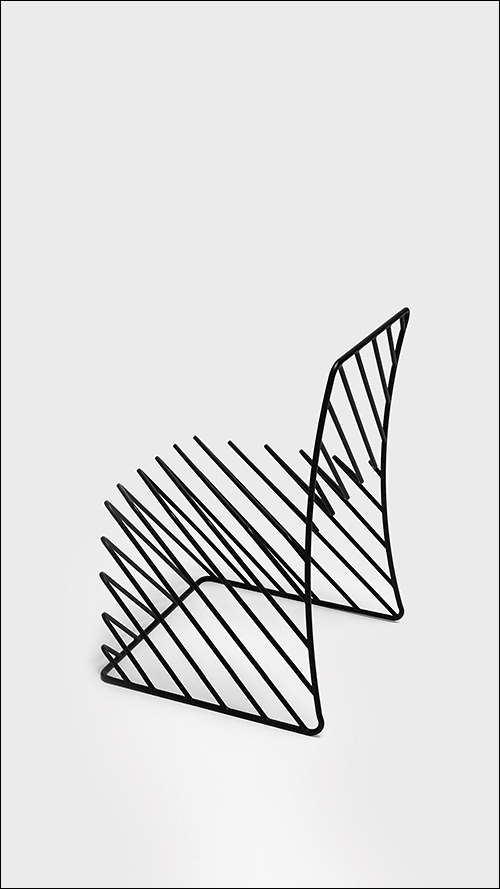The Design Issue
According to Editor Virginia McLeod, the flagship of Phaidon’s design publishing is the monographs produced on product, furniture and interior design. In this issue of Massican Magazine we travel from the corporate offices of nendo in Tokyo, Japan to those of Herman Miller in Zeeland, Michigan to capture the essence of their influential design philosophy.
